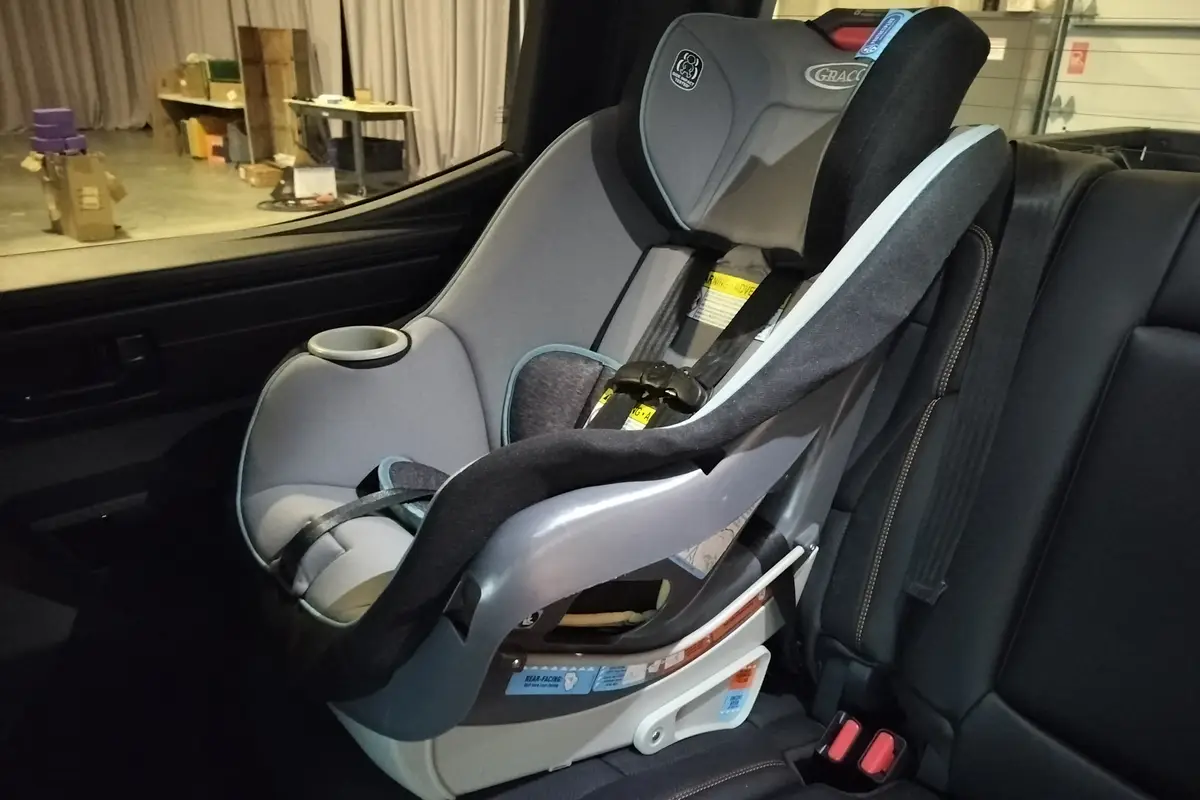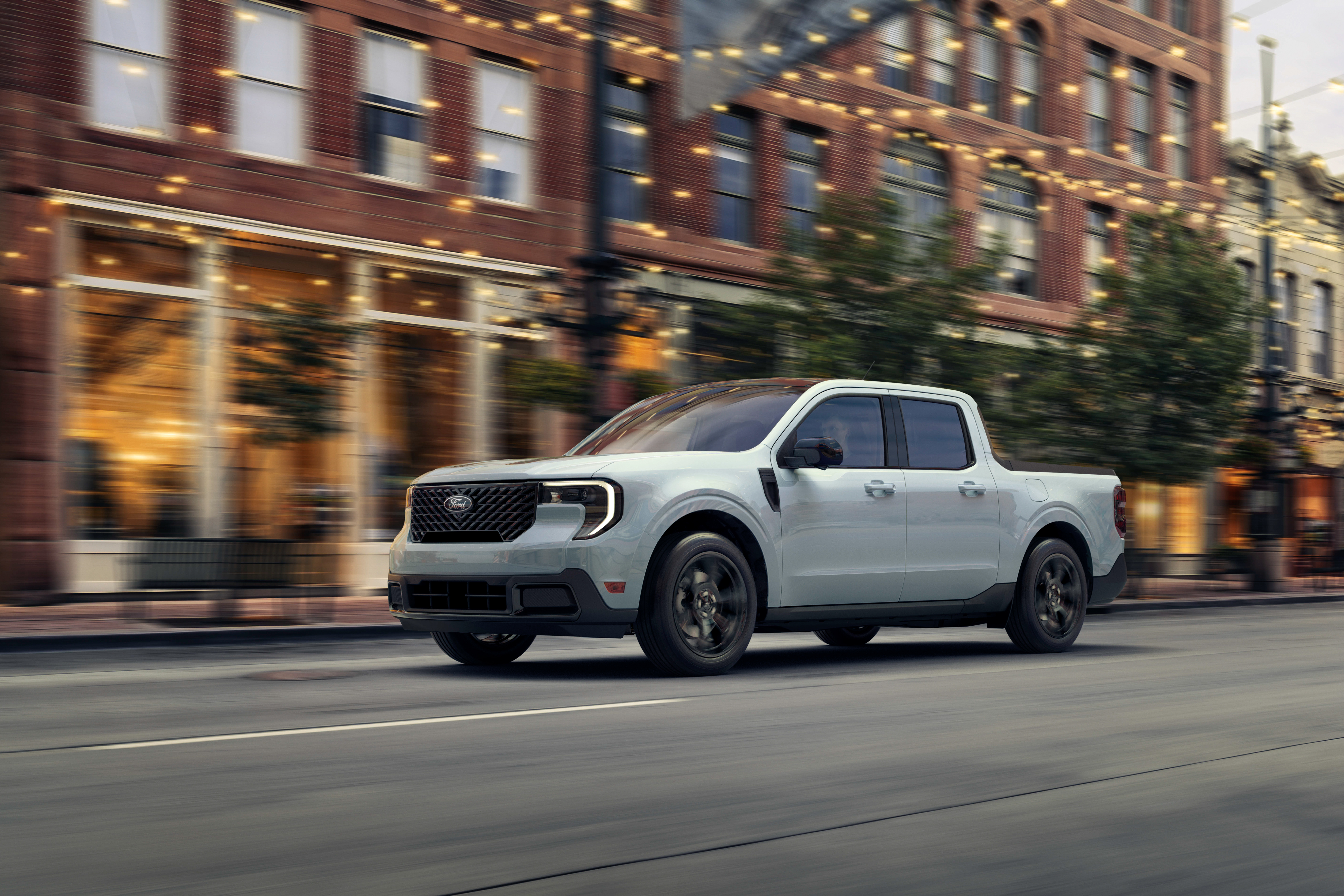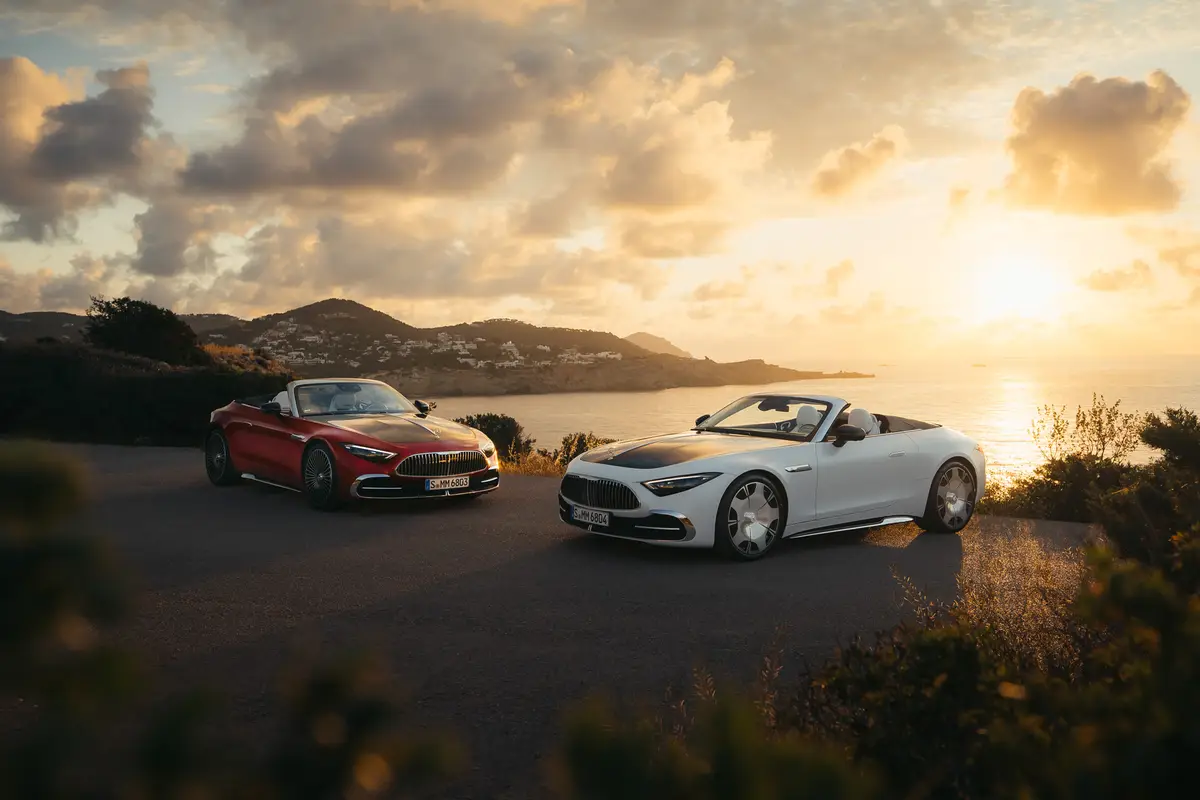washingtonpost.com's view
Regal and Still Rugged
2004 Land Rover Freelander
The 2002 Land Rover Freelander was a disappointment. The 2003 model was no better.
I feel sorry for the people who bought those vehicles, which — for reasons of lackluster exterior design and econo-truck comfort — were not up to snuff.
Consumers would have done better to wait for the 2004 Freelander, a compact sport-utility vehicle that is superior to its predecessor models in every way.
That includes superiority in value.
For example, the new Freelander HSE, the top of the Freelander line, has a price of $28,995, compared with $32,200 for the 2003 model. The base 2004 Freelander SE is priced at $25,995, compared with $28,400 for last year’s version. Those prices include factory-to-dealer transportation charges.
At $25,995, the new, well-equipped Freelander SE has a sticker price near that of the bare-bones 2003 Freelander S, which has been stripped from the Freelander lineup.
That’s the tough side of retail life. Higher price tags often accompany newly introduced products, which many times are succeeded by newer and better products that cost less.
That is what happened with the Freelander, which was introduced as a 1997 model in Europe before being brought to the United States in 2001.
That first Freelander was all the rage overseas; but it bombed stateside because Land Rover seriously misjudged the American market for compact SUVs — especially the segment for entry-level-luxury small SUVs.
In Europe and Africa, Land Rovers are viewed as rugged, purpose-oriented, off-pavement warriors. Consumers in those markets buy Land Rovers more for function than prestige.
The opposite is true in America, where buyers like the idea that Land Rovers can run through the rough, but would much prefer to keep their vehicles clean and polished and confined to the combat of urban traffic jams and shopping mall parking lots.
People here buy Land Rovers more for prestige than function, which is why they mostly snubbed the rough-riding, stiff-handling, blandly designed Land Rover Freelanders brought to America two years ago.
As a result, Land Rover, now owned by Ford Motor Co., made 700 changes to the 2004 Freelander — the smallest Land Rover model currently on sale.
In making the fixes, the company paid close attention to prestige cues, such as exterior and interior styling. For example, the 2004 Freelander gets an all-new front end that more closely resembles the face of the Range Rover, the flagship of Land Rover’s fleet. There are “Range Rover inspired” twin-pocket headlamps, which also provide 70 percent brighter light than the front lights on the previous model.
The new Freelander’s interior has been completely redesigned. It is more comfortable, better-appointed and more ergonomically sensible than that of the old Freelander. New interior materials, such as suede-type Alcantara seating surfaces, are superior to those used in the previous vehicle. Heck, even the cup holders are larger.
Buyers who choose to take their 2004 Freelanders off-pavement, as I did on a recent West Virginia test drive of the Freelander HSE, won’t be disappointed. Gains in refinement and creature comforts did not come at the expense of legendary Land Rover toughness.
The new Freelander, which comes with a full-time all-wheel-drive system, can climb muddy hills, ford streams and handle back trails better than most compact SUVs. Assisting in those pursuits is a neat “hill descent” lever, which literally allows the Freelander to crawl down steep grades without braking. That helps the driver to maintain control of the vehicle moving downhill — in forward or reverse gears.
The changes are both a blessing and a pity. They move the Freelander to the top ranks of luxury compact SUVs. But it’s too bad that owner of the older models have been left behind on that trip.
Nuts & Bolts
Downside: Pavement handling frequently is compromised in full-time all-wheel-drive vehicles, because the wheels that steer are also being asked to drive — to do two things at once. As a result, there is some tire scrubbing in quick turns, and this occurs in the new Freelander HSE.
Ride, acceleration and handling: Excellent pavement marks. Superior handling off-pavement, especially considering it has to be comfortable enough for America’s pavement driving tastes.
Engine/transmission: The 2004 Freelander is equipped with a 2.5-liter, 24-valve, 174-horsepower V-6. It is linked to a five-speed automatic transmission that also can be operated manually.
Capacities: There is seating for five people. In the tested Freelander HSE, cargo capacity is 19.3 cubic feet with rear seats up and 46.6 cubic feet with those seats folded. Minimum ground clearance, under the front suspension, is 7.3 inches. Maximum payload is 972 pounds. Maximum towing weight is 2,500 pounds.
Fuel: Fuel capacity is 16.9 gallons. Regular unleaded recommended.
Mileage: I averaged 18 miles per gallon in the tested Freelander HSE.
Price: Base price on the 2004 Freelander HSE is $28,330. Dealer invoice on base model is $26,064. Price as tested is $29,995, including a $665 destination charge and $1,000 in options.
Purse-strings note: A bona fide contender for the luxury compact SUV dollar. Compare with the Lexus RX 330, Lincoln Aviator, Jeep Liberty and BMW X3.
Latest news



